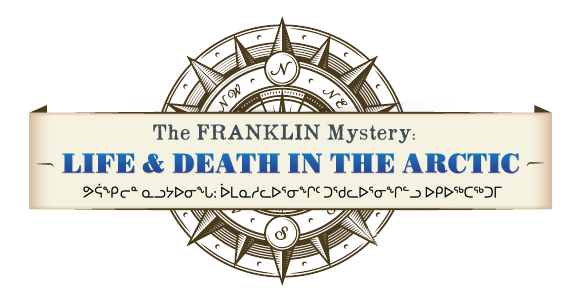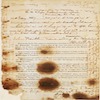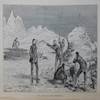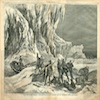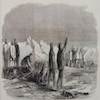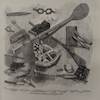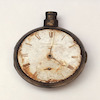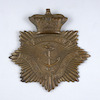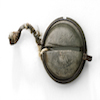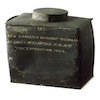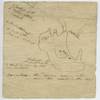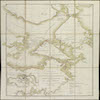Francis Leopold McClintock and W.R. Hobson (1857 - 1859)
In 1854, nine years after the Erebus and the Terror left Britain, the Admiralty deemed the entire Franklin party to have died. Lady Franklin was unconvinced and exhorted high-ranking officials in both the United Kingdom and the United States to continue the search, and even sponsored several further expeditions herself. These culminated in the voyage of the Fox, commanded by Francis Leopold McClintock, a naval officer who had made a remarkable overland journey during a Franklin search expedition in the early 1850s. Sailing in 1857, with Lieutenant W.R. Hobson, McClintock encountered a Netsilingmiut party on the western side of the Boothia Peninsula near the North Magnetic Pole. Oonalee, one of McClintock's Inuit informants, drew for him a map to guide his party to find evidence of the Franklin Expedition in a cairn at Point Victory on the west coast of King William Island. On 2 April 1859, members of McClintock’s crew, travelling by sledge, found the cairn and the principal surviving record of the Franklin party at Cape Victory after an arduous excursion on the western shore. How did these discoveries, which were widely publicized in the United Kingdom and other countries following their return to Britain in the fall of 1859, help us better understand what happened to Franklin and his crew?

